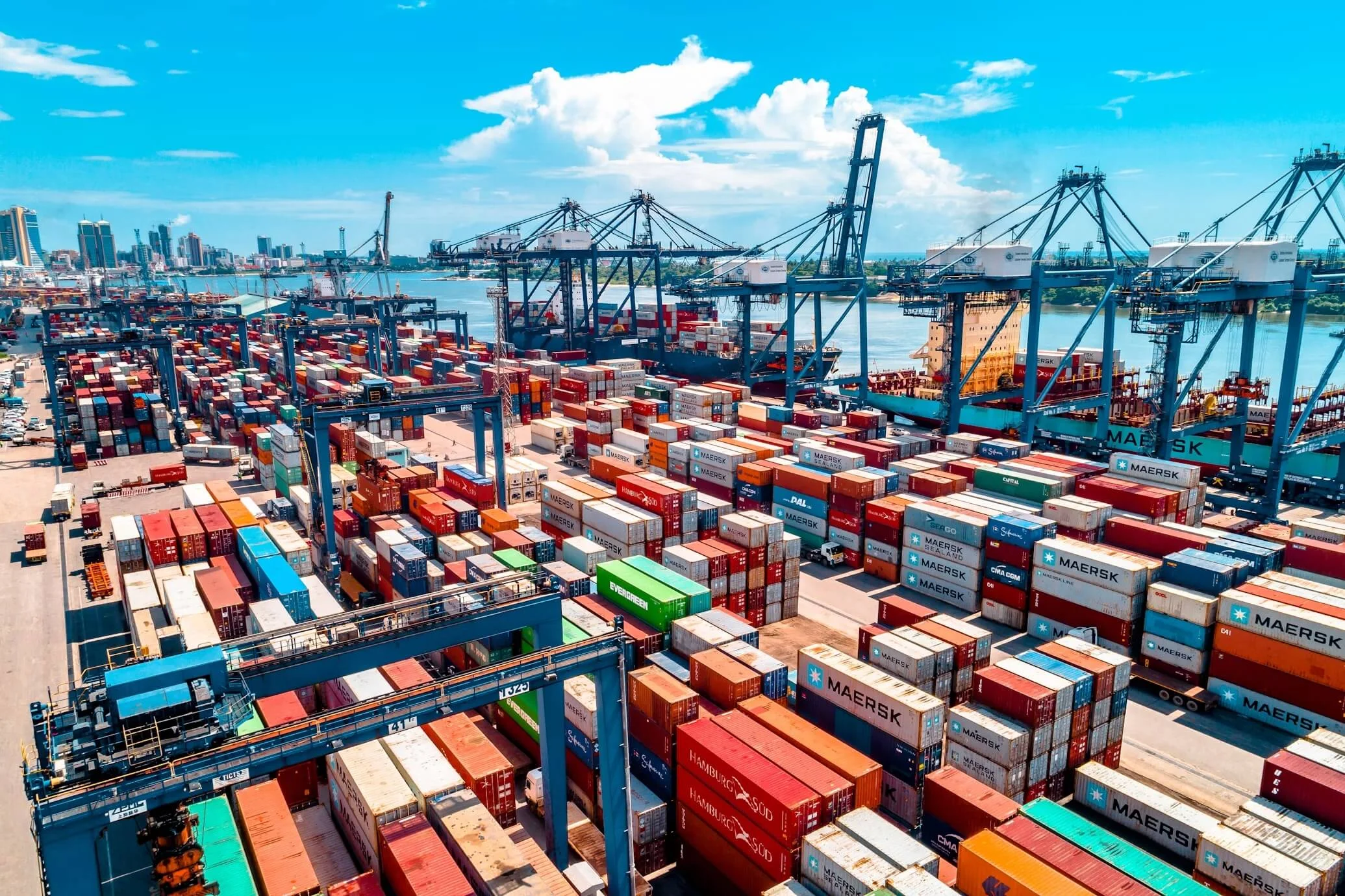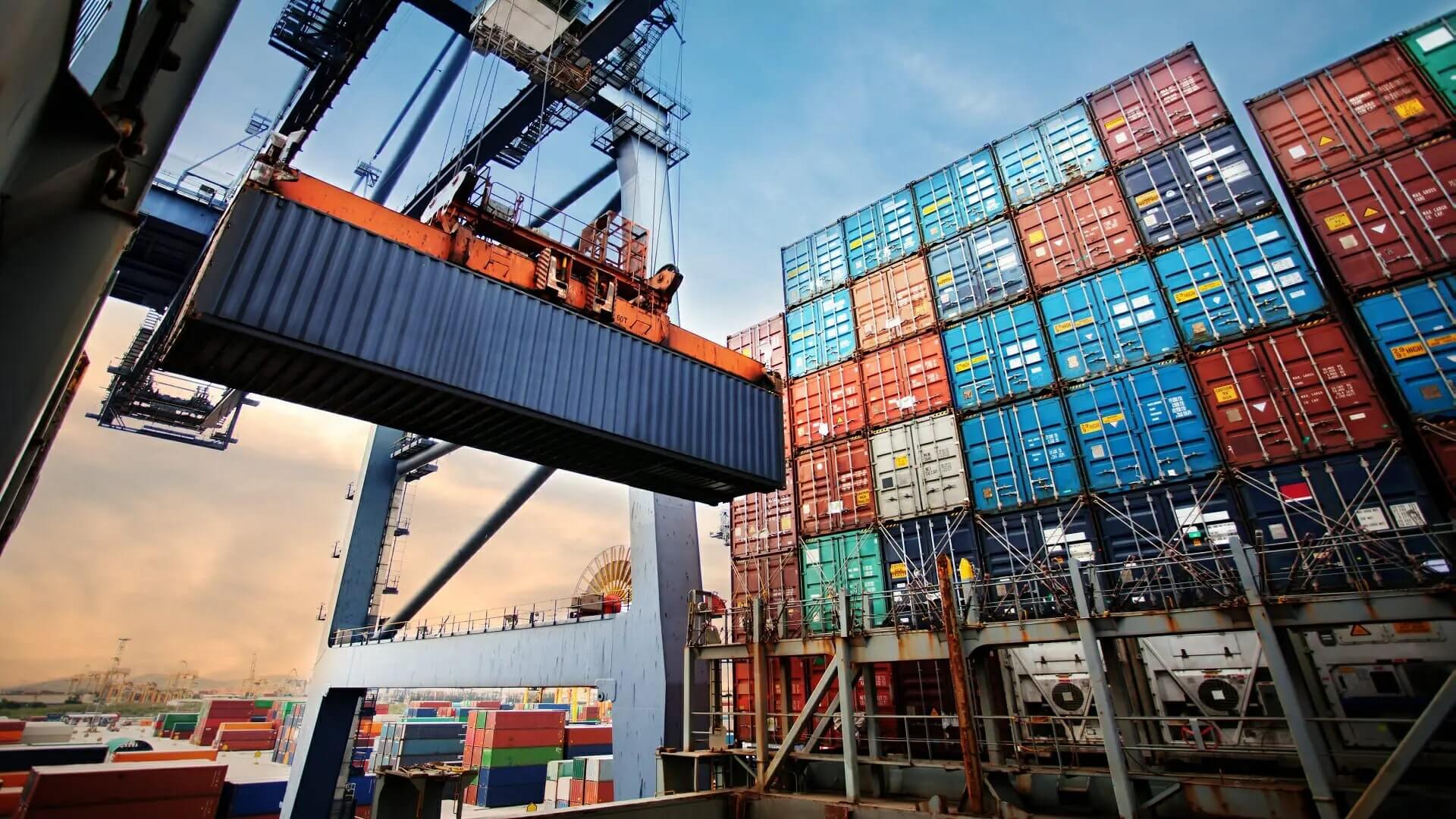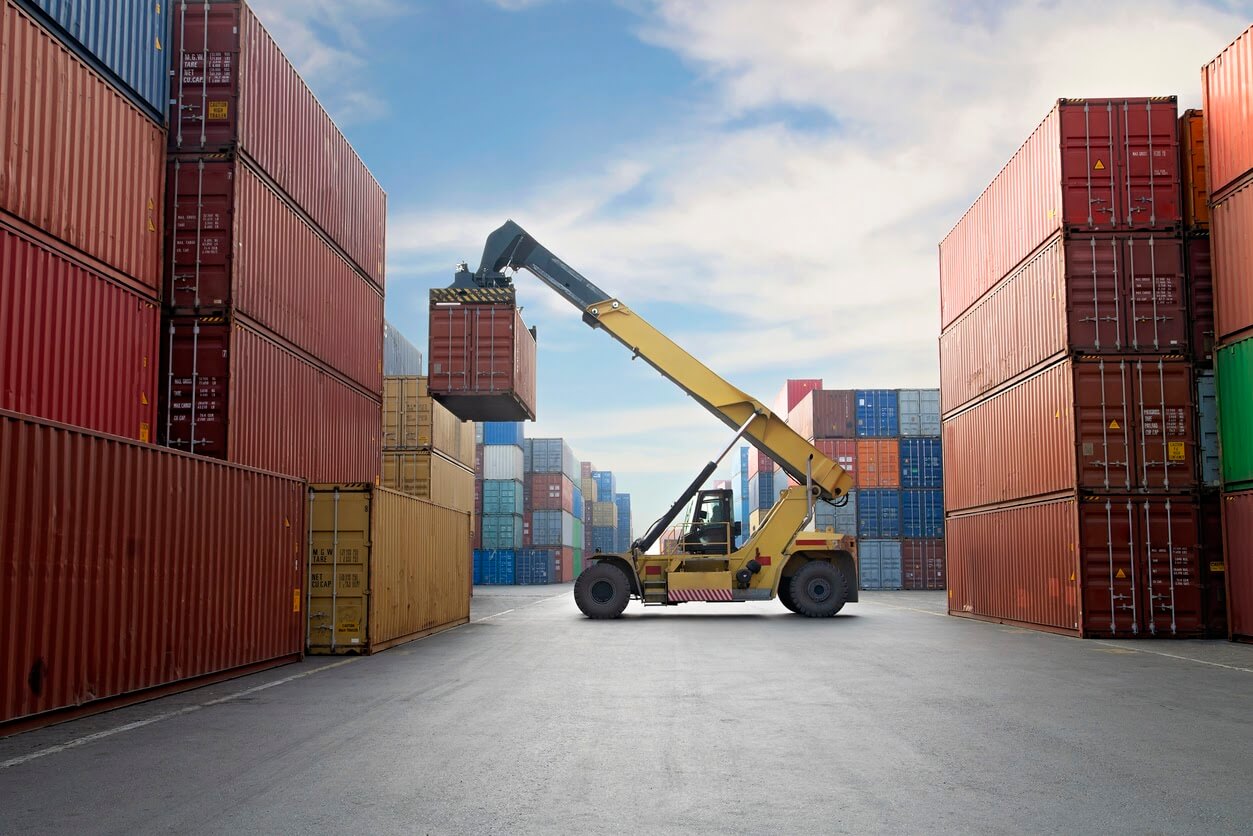
Port-to-port shipping is a widely used method in international logistics, particularly for businesses involved in global trade. This method involves the transportation of goods from one seaport to another, typically using ocean freight. It is a straightforward and cost-effective shipping option for companies that have the infrastructure to handle the transportation of goods from the port of origin to their final destination. In this article, we’ll explain what port-to-port shipping is, how it works, and when it might be the best option for your business.
What is Port-to-Port Shipping?
Port-to-port shipping refers to a transportation method where goods are shipped from one seaport to another without additional transportation services such as inland delivery, customs clearance, or warehousing provided by the shipping company. The shipper is responsible for organizing the delivery of the goods to the port of origin and arranging for their pick-up from the destination port.
This method is typically used when businesses have established relationships with local logistics providers or when they need to control costs by managing certain parts of the transportation process on their own.
How Does Port-to-Port Shipping Work?
Port-to-port shipping follows a specific process that involves several key steps. Here’s how it works:
1. Preparing the Shipment
The shipper (the company sending the goods) is responsible for preparing the shipment. This includes packaging the goods securely and ensuring that all necessary documentation, such as export permits, invoices, and bills of lading, is in order.
2. Delivery to the Port of Origin
The shipper arranges for the transportation of goods from their warehouse or location to the port of origin. This can be done using local logistics providers or the shipper’s own transportation methods. The goods are delivered to the shipping line at the designated port for loading onto the vessel.
3. Loading and Transport
Once the goods arrive at the port of origin, they are loaded onto a cargo ship for transportation to the destination port. At this stage, the shipping company is responsible for the safe and timely transportation of the goods across international waters.
4. Arrival at the Destination Port
Upon arrival at the destination port, the shipping company unloads the goods from the vessel. At this point, the shipper or the consignee (the recipient of the goods) is responsible for handling the remaining logistics, including customs clearance and transportation from the port to the final destination.
5. Pick-Up from the Destination Port
The consignee or their appointed logistics provider arranges for the goods to be picked up from the destination port. This involves handling customs clearance, paying any duties or taxes, and organizing transportation to the final delivery location, such as a warehouse or retail store.
Port-to-Port Shipping Transit Time
The transit time for port-to-port shipping primarily depends on several factors, including the distance between the port of origin and the destination port, the shipping route, and the shipping line’s schedule. Since it involves only the transportation between ports, this method can be relatively quick in terms of the ocean freight leg of the journey, especially if the goods are shipped on direct routes. However, it’s important to note that transit times may also be affected by weather conditions, port congestion, or shipping delays.
Typically, port-to-port shipping times can range from a few days to several weeks, depending on the route:
- Short-haul routes (e.g., within the same continent or nearby regions) may take anywhere from 3-10 days.
- Long-haul routes (e.g., transoceanic journeys between continents) may take 20-40 days.
Although port-to-port shipping can be faster when it comes to the actual sea voyage, it’s important to account for additional time required to transport goods to and from the ports, customs clearance, and any potential hold-ups at the port.
Benefits of Port-to-Port Shipping
Port-to-port shipping offers several advantages that make it a popular choice for certain types of shipments:
- Cost-Effective: Port-to-port shipping is often more affordable than door-to-door shipping because the shipper takes responsibility for transporting the goods to and from the ports. This eliminates the need for additional services like inland transportation and customs brokerage, reducing overall costs.
- Control Over Logistics: Businesses with established logistics operations may prefer port-to-port shipping because it gives them greater control over the transportation process. They can choose their own freight forwarder, handle customs clearance themselves, and manage the delivery from the port to the final destination.
- Flexibility: Port-to-port shipping allows shippers to work with multiple logistics providers at different stages of the supply chain. This can be advantageous for companies that want to negotiate better rates or tailor their logistics arrangements based on specific needs.
- Ideal for Large Shipments: Port-to-port shipping is often used for large, bulk shipments where the shipper is comfortable managing the process before and after the goods are transported by sea. It’s particularly suitable for businesses that regularly import or export large quantities of goods.
Drawbacks of Port-to-Port Shipping
While port-to-port shipping has its advantages, it’s not always the best option for every business. Some of the potential drawbacks include:
- Limited Services: Port-to-port shipping only covers the transportation of goods between seaports. Shippers must handle the additional logistics, such as arranging inland transport, customs clearance, and delivery to the final destination. This can be time-consuming for companies without the necessary infrastructure or resources.
- Responsibility on Shipper: The shipper bears most of the responsibility for the logistics process. Any delays or complications at the origin or destination ports, such as customs issues or delays in transportation, fall on the shipper to resolve.
- Complexity for Small Businesses: For small businesses or companies new to international shipping, managing the logistics involved in port-to-port shipping can be overwhelming. In such cases, opting for door-to-door or door-to-port services might be a better solution.
When to Choose Port-to-Port Shipping
Port-to-port shipping is a great choice when:
- You have established logistics operations: If your business has reliable relationships with freight forwarders, customs brokers, and local transport providers, port-to-port shipping offers flexibility and cost savings.
- Your shipment is large: For businesses shipping large volumes of goods, port-to-port shipping can be more economical, particularly when you can handle the inland logistics yourself.
- You need control over logistics: If you want to maintain control over various parts of the supply chain, such as customs clearance and delivery, port-to-port shipping allows you to coordinate these elements independently.
Final Thoughts
Port-to-port shipping is a flexible and cost-effective option for businesses that need to transport goods internationally, particularly for those with the infrastructure to handle logistics before and after the shipment arrives at the ports. While it requires the shipper to take on more responsibility compared to door-to-door shipping, it offers greater control and often lower costs. Factoring in the potential transit times and any logistical challenges, port-to-port shipping remains an efficient solution for businesses that have the ability to manage multiple aspects of the supply chain.



